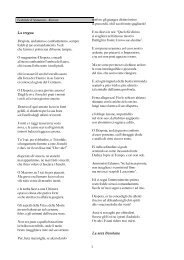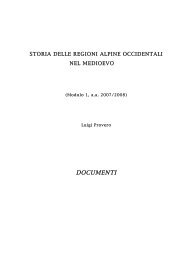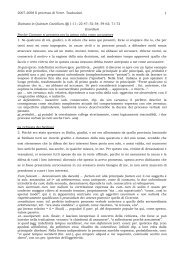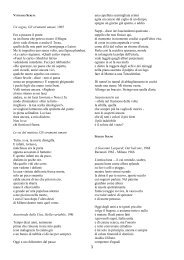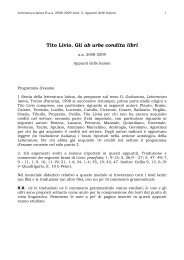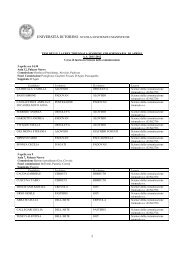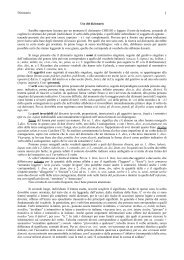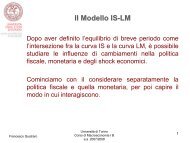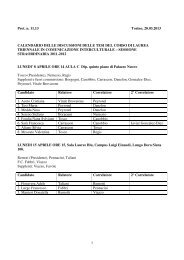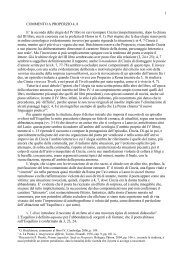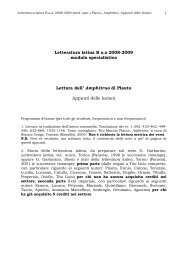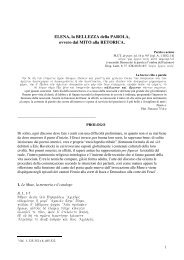ajAti vAda
ajAti vAda
ajAti vAda
You also want an ePaper? Increase the reach of your titles
YUMPU automatically turns print PDFs into web optimized ePapers that Google loves.
focus one's concentration in an intense manner, an ability to discriminate between<br />
the Real and the non-Real, dispassion, and a desire for liberation. However, it is<br />
important to remember that moksha is not a result of mere ritualistic practice.<br />
Being identical to brahman, moksha always exists. Ritualistic practices help only<br />
to the extent of achieving citta-Suddhi, and in developing the above-mentioned<br />
qualities.<br />
advaita is a non-dual teaching. When asked why duality is perceived in this world,<br />
advaita has a multi-pronged answer to the question. The world of multiplicity can<br />
be explained as due to mAyA, the power of creation wielded by the Creator, who<br />
is therefore also called the mAyin. From the point of view of the individual, the<br />
perception of duality/multiplicity is attributed to avidyA (ignorance) due to which<br />
the unity of brahman is not known, and multiplicity is seen instead. This is akin to<br />
the false perception of a snake in a rope. When the rope is known, the snake<br />
vanishes. Similarly, on brahman-realization, the world of multiplicity vanishes.<br />
This does not mean that the individual's ignorance creates the external world.<br />
However, the perception of multiplicity in the world, instead of the One<br />
brahman, is due to avidyA, i.e. ignorance. When avidyA is removed, the<br />
individual knows his own Self (Atman) to be brahman, so that there is no more<br />
world and paradoxically, no more individual. Here, the Self alone IS. Removal of<br />
avidyA is synonymous with brahman-realization, i.e. moksha.<br />
Read http://www.advaita-vedanta.org/avhp/ad-phil.html for a more detailed<br />
description.<br />
4. What is the relationship between advaita and buddhism? Is advaita a mere<br />
copy of buddhism?<br />
No, advaita is not a mere copy of buddhism. For a few centuries now, advaita has<br />
been criticized as being "pracanna bauddham" - buddhism in disguise. This<br />
criticism stems mainly from some of the vaishNava schools of vedAnta, but it is<br />
misplaced. Firstly, there is no one "buddhism" and for the criticism to be valid, it<br />
must be specified which school of buddhism is being referred to. SankarAcArya<br />
expends a lot of effort criticizing many of the philosophical positions taken by<br />
various schools of buddhism in his commentaries. Among modern academic<br />
scholars, advaita vedAnta is most often compared with the madhyamaka and<br />
yogAcAra schools of buddhism. This has been inspired mainly by the fact that the<br />
mANDUkya kArikAs, written by gauDapAda, Sankara's paramaguru, exhibit a<br />
great familiarity with this school of buddhism.<br />
However, if it is held that advaita vedAnta is essentially the same as madhyamaka<br />
buddhism, it must be pointed out that such a view stems from a misunderstanding<br />
of the important tenets of both advaita vedAnta and madhyamaka buddhism.<br />
There are many key details in which advaita differs from the madhyamaka school<br />
of buddhism. As for yogAcAra, the points of similarity arise from the fact that<br />
both advaita vedAnta and yogAcAra buddhism have a place for yogic practice, as



